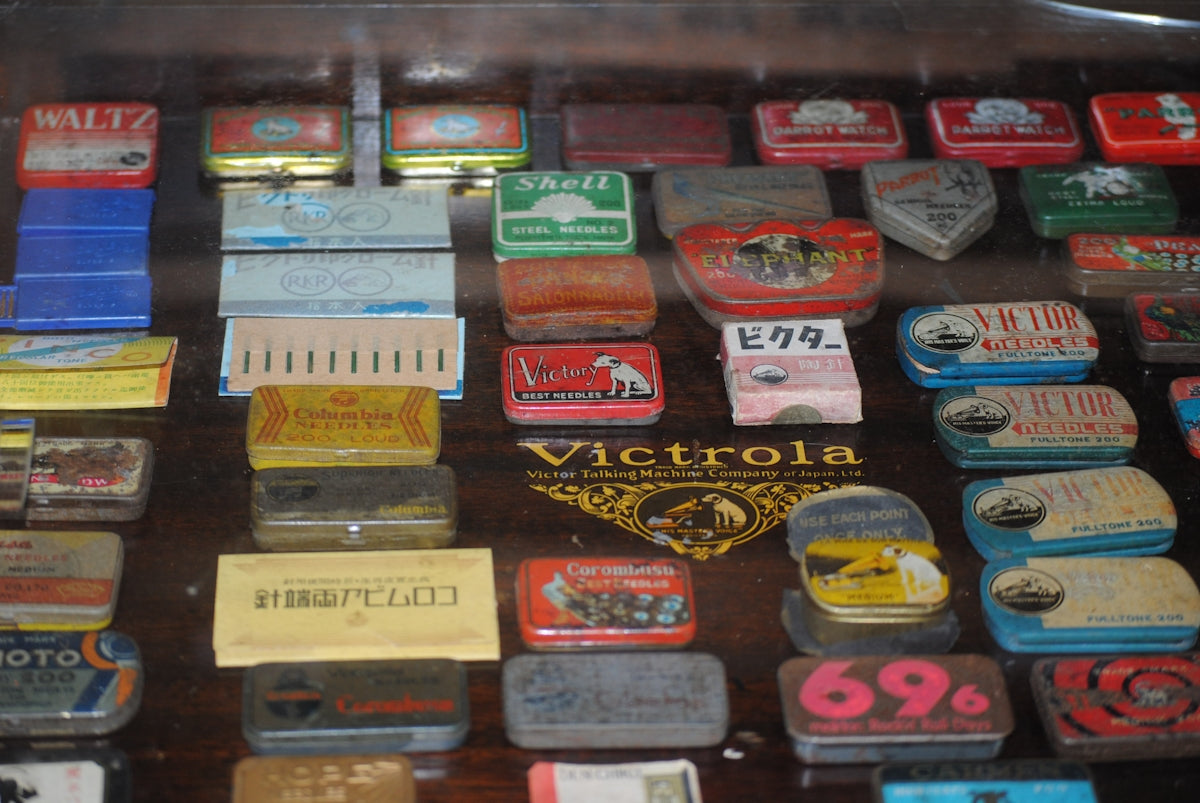Frequently Asked Questions
1. What are bath bombs for sensitive skin?
2. What ingredients should I look for in bath bombs if I have sensitive skin?
3. How can I avoid irritation when using bath bombs?
4. Is it safe to use scented bath bombs if I have sensitive skin?
5. Can I make my own bath bombs for sensitive skin?
If you have sensitive skin, indulging in a warm, soothing bath can sometimes feel like a risky affair. Bath bombs, with their vibrant colours and delightful fragrances, can be particularly tempting. However, not all bath bombs are created equal, and choosing the wrong one may lead to irritation, rashes, or an unpleasant bathing experience. In this article, we'll guide you on how to find the perfect bath bombs for sensitive skin and what to look for to ensure that your bath time remains a relaxing treat.
Understanding Sensitive Skin
Sensitive skin can react adversely to various environmental factors, products, or even certain fabrics. This can lead to redness, itching, dryness, or swelling. It's essential to understand the characteristics of your skin type to avoid aggravating it further. Here are a few common traits of sensitive skin:
- Frequent reactions to products applied on the skin
- Skin that easily gets red or irritated
- Feeling tight or dry after cleansing
- A tendency to develop rashes or breakouts
When purchasing bath products, like bath bombs, knowing your skin's sensitivities can make all the difference in ensuring a comfortable and enjoyable bathing experience.
Key Ingredients to Look For
When selecting bath bombs for sensitive skin, it's crucial to pay attention to the ingredients. Here are some key components to seek out:
1. Natural Ingredients
Bath bombs made from natural ingredients are generally gentler on the skin. Look for bath bombs containing:
- Essential oils instead of synthetic fragrances
- Natural butters and oils like coconut oil, shea butter, or almond oil
- Botanical extracts such as chamomile or calendula, known for their calming properties
2. Hypoallergenic Options
Hypoallergenic products are designed to minimise the risk of allergic reactions. These are excellent choices for individuals with sensitive skin:
- Choose bath bombs that label themselves as hypoallergenic
- Check for products free from common allergens like gluten and nut oils
3. Free From Harsh Chemicals
Avoid bath bombs containing harsh chemicals, fragrances, or synthetic dyes. Such ingredients can cause irritation or allergic reactions. Look for:
- No parabens, sulphates, or artificial fragrances
- Free from synthetic colours
Fragrance Considerations
While a lovely fragrance can enhance the bathing experience, fragrance sensitivity is common in individuals with sensitive skin. It’s essential to choose bath bombs wisely:
Opt for Mild Scents
Choose bath bombs with naturally derived fragrances or those scented with essential oils. These are often gentler than synthetic fragrances and are less likely to cause irritation. Some calming essential oils include:
- Lavender
- Chamomile
- Frankincense
Avoid Harsh Scented Bath Bombs
Stay away from overly strong or synthetic scents which can cause chemical irritation. Gentle fragrances help create a serene environment without irritating your skin.
Texture Matters
The texture of bath bombs can also play a role in how your skin reacts. Some people with sensitive skin may prefer:
Non-Exfoliating Bath Bombs
Bath bombs with gentle, smooth textures are less likely to irritate sensitive skin. Avoid bath bombs with rough or gritty components, which can create friction and discomfort.
Moisturising Properties
Choosing bath bombs that provide added hydration through oils and butters can benefit sensitive skin. The right ingredients not only create a delightful fizzy effect but also leave a protective, moisturising barrier on the skin.
Patch Testing: A Smart Approach
Before diving into a full bath with a new bath bomb, it’s wise to conduct a patch test to identify any potential reactions. Here’s how to go about it:
- Choose a small area of skin, preferably on your forearm.
- Apply a small amount of the bath bomb solution (if possible) or simply touch it to your skin.
- Wait for 24 hours to see if any irritation occurs.
Understanding Certifications and Claims
The market is rife with claims regarding natural and organic products. Look for reputable certifications to ensure you make informed choices:
Organic Certifications
Finding products that boast organic certification can give you peace of mind regarding the quality of ingredients. These products have met rigorous standards for organic farming and processing.
Dermatologically Tested
Seek out bath bombs that have been dermatologically tested. They may carry a label indicating they've been reviewed by dermatologists for safety and sensitivity.
Storage and Usage Tips
Once you've selected the perfect bath bombs, proper storage and usage are essential to maintain their quality:
Storage
- Keep them cool and dry to avoid premature fizzing.
- Store away from direct sunlight to prevent degradation of natural ingredients.
Usage
When indulging in a bath with your chosen bath bomb, consider these tips:
- Fill your tub with lukewarm water to avoid further irritation.
- Limit your bath time to 15-20 minutes to prevent the skin from becoming overly dry.
A World of Bath Bomb Benefits
Aside from creating a delightful atmosphere during your soak, bath bombs offer a myriad of benefits for sensitive skin. Some perks include:
- Hydration: Nourishing ingredients help replenish lost moisture.
- Aromatherapy: Calming scents can alleviate stress and promote relaxation.
- Muscle Relief: Warm baths can ease tension and soreness.
Crafting Your Own Bath Bombs
If store-bought options aren’t appealing or if you want to have full control over the ingredients, consider crafting your own bath bombs. Here’s a simple way to get started:
DIY Bath Bomb Recipe
Here's a basic recipe that caters to sensitive skin:
Ingredients: - 1 cup baking soda - 1/2 cup citric acid - 1/2 cup Epsom salt - 2 tablespoons sweet almond oil - 10 drops lavender essential oil - A few drops of natural food colouring (optional) Instructions: 1. In a large bowl, mix the dry ingredients: baking soda, citric acid, and Epsom salt. 2. In a separate small bowl, combine the wet ingredients: sweet almond oil and essential oil. 3. Slowly add the wet mixture to the dry ingredients, stirring continuously to avoid fizzing. 4. If using, add food colouring to the desired hue. 5. Pack the mixture tightly into moulds and let dry for at least 24 hours before using.
With this easy DIY recipe, you can control the ingredients and create a tailored experience that suits your sensitive skin perfectly. Plus, there's joy in crafting your own relaxing spa experience at home!
Enhancing Your Bathing Experience
In addition to using bath bombs, consider incorporating these tips to further enrich your bathing experience:
- Add calming music or soothing sounds to promote relaxation.
- Dim the lights or use candles to create a serene environment.
- Consider adding other natural elements, like flower petals or oatmeal, to enhance comfort.
Finding the right bath bombs for sensitive skin can turn an ordinary bathing routine into a delightful self-care ritual. With knowledge of ingredients, testing methods, and crafting your own, you can enjoy therapeutic baths without the worry of irritation or discomfort.
Ready to Indulge?
Your journey into the world of bath bombs tailored for sensitive skin now begins. Armed with the right information, you can confidently choose bath products that suit your unique needs, transforming your bathing experience into a calming oasis of relaxation. Embrace the therapeutic benefits while keeping your skin happy and healthy. Here's to your next bathing adventure!





